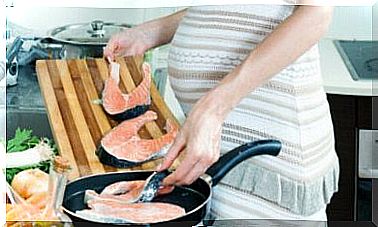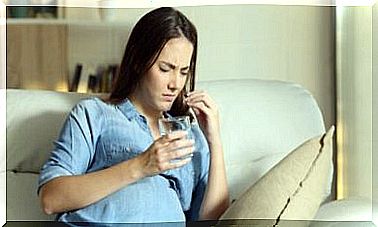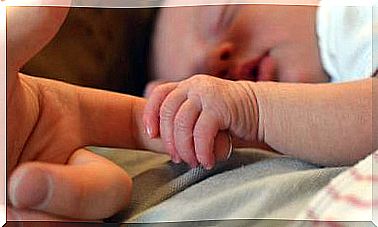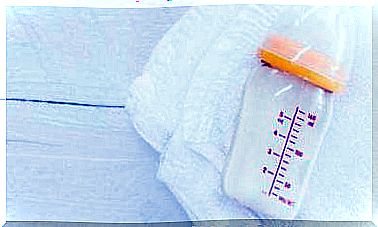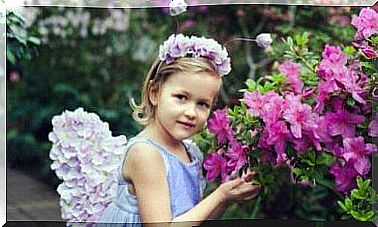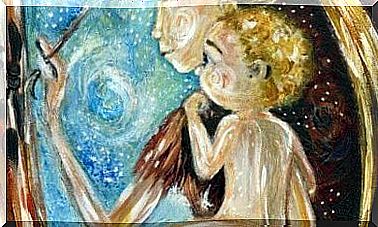How Do You Know If Your Baby Has Good Eyesight? – Being Parents

The baby’s sight develops gradually, unlike hearing which is fully developed after the first month. As your baby gets older, there are a few simple tests you can do to see if he can see well.
After birth, vision remains cloudy, but the baby responds to movement. Although he can see light and shapes, the baby can see well at a distance of about eight inches. Which is enough to distinguish the silhouettes. From the age of one, his eyesight improves until he can see properly.
Sight is a very important sense in the development of children. In this article, we’ll tell you about the signs that may indicate a vision problem, and we’ll give you some tests to do to see if your baby is seeing well.
How is the baby’s sight developing?
Vision development is the result of a slow process that involves several stages. Thus, the baby’s visual system is the least developed at the time of birth and it develops gradually during its first year of life. However, it is important to know these developmental stages in order to be able to detect if your baby has a problem with his sight.
Babies are sensitive to light from birth and can see an 18 to 20-centimeter field of view, but they cannot yet distinguish colors. This is precisely the distance from the mother’s face when she is breastfeeding.
It is normal for the baby during the first few months to intermittently open their eyes and they deviate a bit. In addition, binocular vision appears between 3 and 4 months. It is characterized by the use of the two eyes in a coordinated way. The baby can also distinguish more colors at this time.
Between 4 and 6 months, the baby can distinguish as many colors as an adult. He also begins to coordinate his head movements and hand gestures with his vision. In the sixth or seventh month, he begins to perceive distances.
By 9 or 10 months, the baby should be able to improve, follow objects with his eyes, recognize his parents, grab the objects and put them in his mouth.
From the first year, visual acuity continues to increase gradually. At 6 years of age, sight is fully developed and the child has vision almost identical to that of an adult.
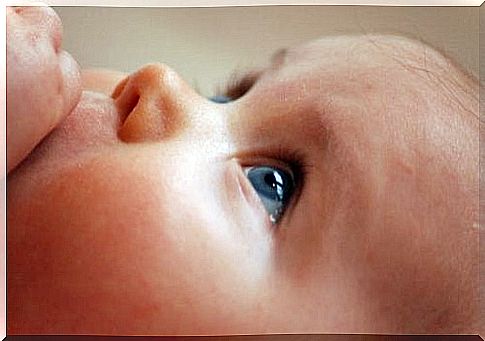
What are the signs of vision problems in babies?
Several signs are enough to have to consult a doctor or an ophthalmologist and have better control. You should take your baby to see if he has the following signs:
- He rubs his eyes like he’s embarrassed.
- His gaze is fixed and does not follow movements.
- A family history exists.
- He has difficulty opening his eyes in bright surroundings.
- He keeps his head abnormally tilted.
- One eye deflects or blinks repeatedly.
How do you know if a baby has good eyesight?
Your child’s eyes need a little attention. Most vision problems can be corrected if caught early enough. Therefore, you should know that there are things you can try at home to detect any visual problem in your baby.
1. He follows the light
Normally, all babies are attracted to light and follow its movement. So you can try a flashlight at home and see if your child is able to follow the light.
2. It follows a colored and contrasting object
Try to get the baby’s attention with a colored or black and white object, but contrasting. If he follows the object with his head, it means that your baby can see well.
3. The normal gesture
A baby who sees grabs objects with their hands and puts them in their mouths. If you have any doubts, especially if your child is at an age where he can coordinate his sight with his movements, around 4 to 5 months, it is better to go see a doctor.
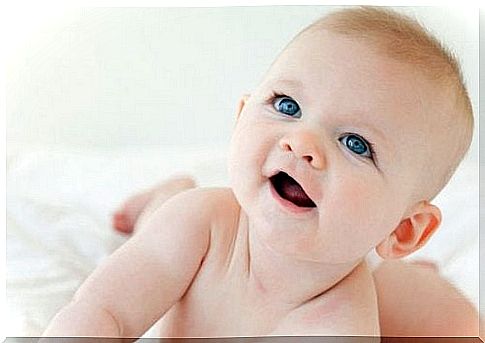
4. He smiles at you
A baby over 3 months old smiles openly when he sees a familiar face, especially when it comes to his mother. In addition, it can follow moving objects and people with its eyes.
5. His eyes are looking in the same direction
At 4 months, babies begin to use the eyes in a coordinated fashion and look in the same direction. Therefore, if your child opens their eyes a little when they are about six months old, you should see an eye doctor to correct the amblyopia.
Finally, you must take into account that the earlier these visual disturbances are discovered, the more effective the correction and treatment will be. Doctors recommend that you detect visual disturbances when the baby is between 3 and 9 months old.
In addition, although visits to the ophthalmologist are scheduled regularly during this period of development, it is essential that parents are the main actors who detect these abnormalities.

